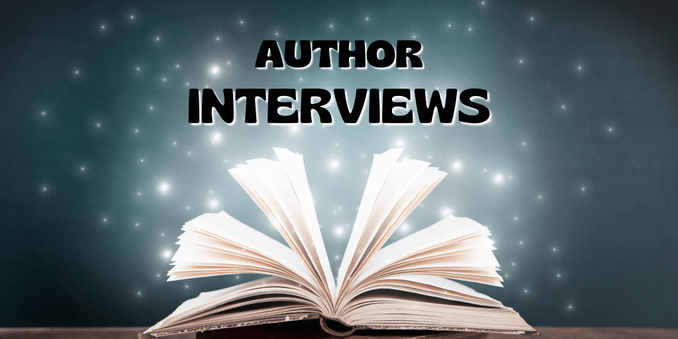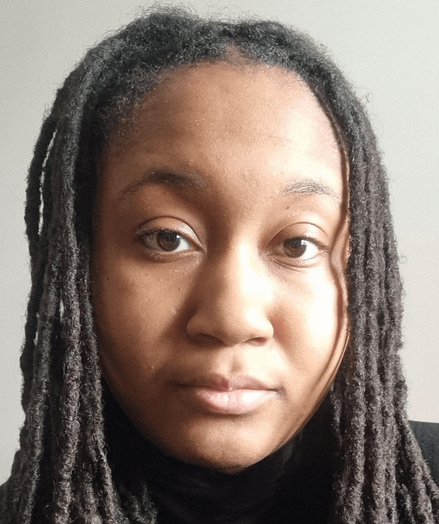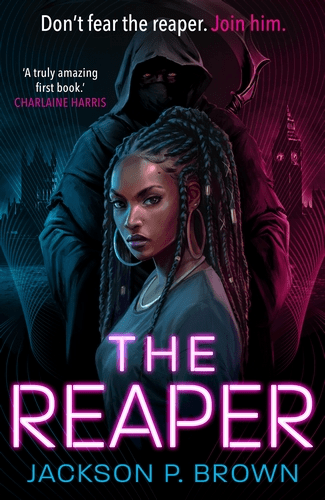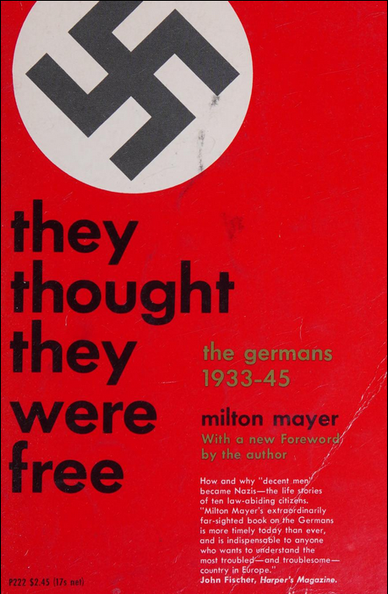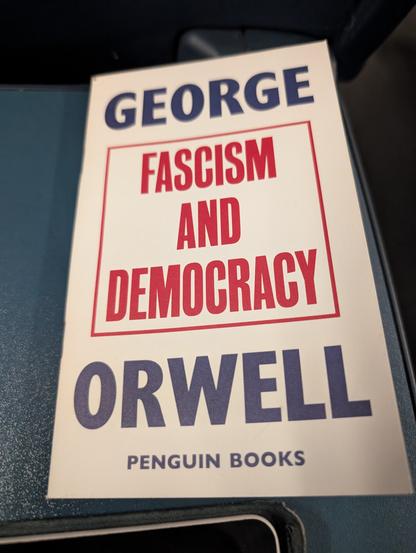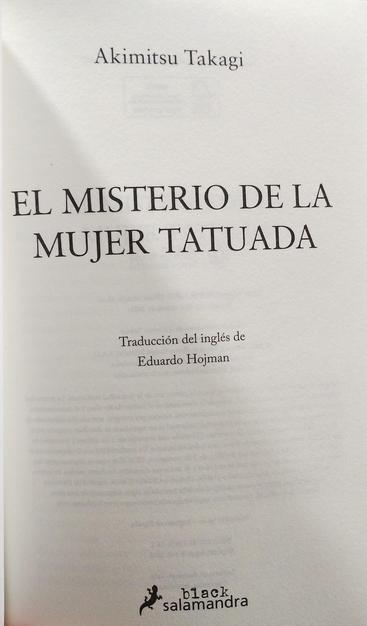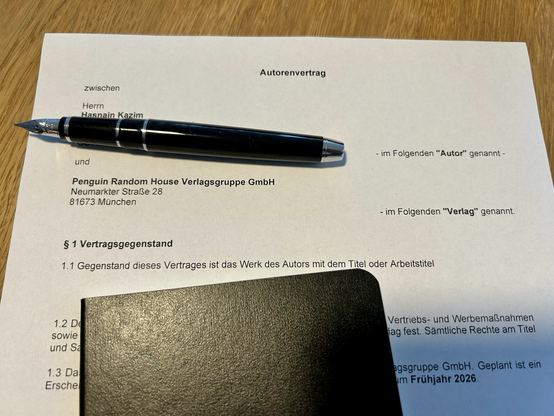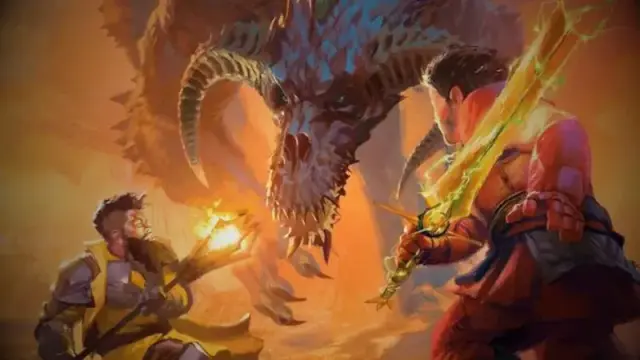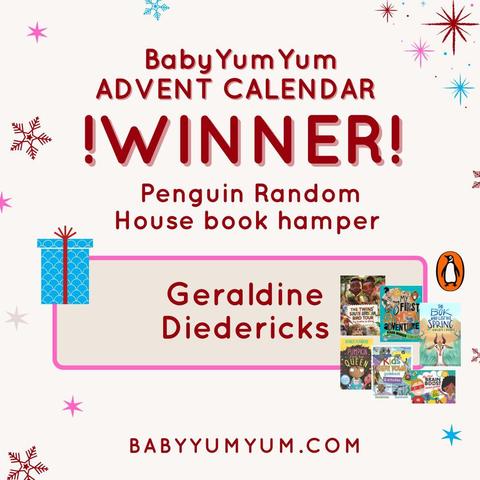#PenguinRandomHouse, #HarperCollins, #SimonAndSchuster, #HachetteBookGroup, #MacmillanPublishers, & all other US #publishers: Have you seen the open letter from #authors asking you to not #replace them & their #art with #AI? https://tinyurl.com/zpan8ndt
#penguinrandomhouse
In these troubled times, here is a rare bit of good news!
"In a special initiative, #PenguinPress and the #PenguinRandomHouse Social Impact Team are partnering to print 2,000 copies of a unique softcover edition of THE JAILHOUSE LAWYER, exclusively for incarcerated readers. Recognizing that hardcovers are often prohibited in prisons so access to new books can take a year or more, this initiative aims to bridge that gap."
Acquisitions: MIT Press Acquires University Science Books
The 47-year-old University Science Books' inventory is moving to MIT Press' distribution partner, Penguin Random House Publishing Services.
https://publishingperspectives.com/2025/06/acquisitions-mit-press-acquires-university-science-books/
#AcademicPublishing #MergersandAcquisitions #MITPress #PenguinRandomHouse #ScholarlyPublishing
@indieauthors
https://www.bookola.de/buchrezensionen/1310-jan-beck/2763-jan-beck-dorn-zimmer-103-band-1.html
Wir begleiten in der Hauptsache die Kommissarin Lea, aber auch den titelgebenden Dorn. Dazu bekommen wir einen Überblick über alle relevanten Orte, die sich sowohl in Deutschland als auch in Österreich befinden. Darunter befindet sich auch das ehemalige Hotel Dornwald in Bad Gastein, in dem sich Dorn vergraben hat, weil er mit der Welt draußen so seine Probleme hat.
#Rezension
#PenguinRandomHouse
#JanBeck
#Dorn
#SimonDorn
#LeaWagner
Acabamos de publicar: #217 LA EDITORIAL DEL SEÑOR BENNET, MÓNICA GUTIÉRREZ (EN DIRECTO DESDE LA LLIBRERIA ÉFORA) https://sons.red/librorum/2025/06/13/217-la-editorial-del-senor-bennet-monica-gutierrez-en-directo-desde-la-llibreria-efora/ #directo #EdicionesB #feelgood #LaEditorialDelSeñorBennet #LaLibreríaDelSeñorLivingstone #MónicaGutiérrez #NovelaContemporanea #PenguinRandomHouse #presentación
Wunderbare Geschichten, wie man selbst und auch die Kinder, zu glücklicheren Menschen werden können. Sehr viele Tipps, wie man schon mit kleinem Einsatz eine große Wirkung erzielen kann, indem man einfach positiv denkt und sich selbst immer wieder daran erinnert, das nicht zu vergessen.
Comics Plus and Penguin Random House Clash Over E-Book Lending Models: Self-Publishing News with Dan Holloway https://selfpublishingadvice.org/comics-plus/ #creatorcompensation #PenguinRandomHouse #digitalpublishing #librarylicensing #e-booklending #ComicsPlus #News
Author Spotlight (Trad Release): Jackson P. Brown
Jackson P. Brown is a writer from London, an anime and manga enthusiast, and the founder of Black Girl Writers — a mentoring programme for aspiring Black writers.
After winning Penguin Random House’s #WriteNow competition in 2020, she signed a 3-book deal with Del Rey UK for her debut adult fantasy series, GETHSEMANE.
Author Links:
Website: jacksonpbrown.com
Instagram: @_JackPBrown
TikTok: @jackpbrownauthor
PREORDER FOR 10 JULY 2025: https://www.penguin.co.uk/books/455385/the-reaper-by-brown-jackson-p/9781529907193
First of all, congratulations on your book deal with Penguin! What inspired your debut urban fantasy novel, The Reaper?
Thank you!
Quite a few things inspired the novel: people I know, my love for London, my Jamaican heritage, my everyday experiences, and of course the madness of the British government and the UK’s difficult relationship with race and class, but The Reaper has two specific origin stories.
A major aspect of the novel is the magical city beneath London, Downstairs. This idea came to me when I was a teenager attending one of many psychiatric outpatient appointments following a period of mental illness.
I had to pass under a dark railway tunnel to get to the therapy office in London Bridge, central London, and one day I imagined pressing a brick in the wall and escaping down a chute to a new, fantastical land, Alice in Wonderland style.
Soon, I kept daydreaming about the city hiding under London, and all the different creatures that lived there and how they interacted with the human world. It underwent many names and was originally called The Cave.
I was so obsessed that I wrote a self-insert novel about a girl who feels like an outcast and discovers the city. It was my second full length novel and I finished it when I was 16. Strangely enough, many of the characters from that novel are in The Reaper today – they’re just properly aged up and much better written!
As for the other origin: I’ve always had a fascination with death and Grim Reaper stories, and I once wrote a short story about a Grim Reaper called Maxwell and the schoolgirl who discovers she’s the only one who can see him. When I told my mum about it, she gave me her copy of Mort by Sir Terry Pratchett because she said my irreverent take on the Grim Reaper reminded her of Death from Discworld.
Doubly inspired, I rewrote my short story in college and entered it into a writing competition set up by the English department. I won second place and my prize was a 3-course meal at Pizza Express in King’s Cross, which was very posh and fancy for me! I sat right by the window in view of King’s Cross and St Pancras International Station and just basked in the knowledge that I was enjoying a nice meal in a nice place because of my writing.
I think Gerald, my Grim Reaper, was born on that day. Of course, Gerald lives in the clocktower of St Pancras Station, and he likes to go to Pizza Express from time to time.
Can you tell us more about the intersections of culture, identity, race, and the British class system that readers will find in the novel?
Basically, readers will find these realities weaved into the characters, settings, and conflicts in The Reaper: London is a multicultural city – I often view it as a Vatican of sorts, as it has its own unique culture and politics that isn’t replicated anywhere else in England.
London just moves differently.
It’s also extremely expensive, and the disparity between rich and poor grows daily. We have a strange proximity to these things: when the Grenfell tragedy happened a few years ago, we all watched horrified as this huge block of flats in the middle of a sprawling council estate (known as the projects in the US) burned so violently, claiming over 70 lives of mainly immigrant, working class, ethnic minorities, and just a couple roads down there were people like Simon Cowell living in luxury.
England has other diverse cities, but London is the poster child, which means that for a large portion of Britain (which is mostly white), it’s viewed as a failed state. You will hear right wing pundits speak of “no go zones” created by Muslim communities where white people can’t visit, and others blame the high crime rates on “multiculturalism gone mad”.
Outside London, there are cities like Luton (Andrew Tate’s hometown) where a longstanding tension between whites and Asians exist, all fuelled by far-right Islamophobe Tommy Robinson, whose English Defence League regularly stages intimidation marches in the area.
London itself has seen many periods of white flight – where white families have fled to neighbouring cities to escape immigrants. So it leads to a multitude of reductionist contradictions from people who don’t live here: that London is filled with privileged rich people, and it’s also a hot bed of poverty and crime, and the main perpetrators of this crime are ethnic minorities – particularly Black people and Muslims.
At the same time, there are cultural differences between different ethnic groups within the Black diaspora. My main character Amy is of Jamaican descent, which means she’s a direct descendant of slavery, and her family would have immigrated to the UK during the Windrush Era post WW2. Her understanding of working class issues as a Black Brit of Jamaican heritage would be different from Gerald, who is a rich, highly privileged man originally from a dimension based in the Sahara Desert.
Gerald, although Black, regularly liaises with the British elite (which is white) because of his assassin job. He and Amy live two totally different lives, which is why, as they’re tracking down the antagonists of this story – a warlock and witch of extremely impoverished backgrounds – Amy has to remind Gerald that the case is more complicated than “criminals = bad”.
Can you tell us a bit about the worldbuilding process for your novel – how well do you know London, and how did you go about creating the hidden world beneath it?
I went on a crazy sociological rant about London just now. I’m sorry! But yes, I know the city very well. It’s my home town.
I once lived way out in the middle of England for a year of study and it was like going to a different country. There was nowhere to buy ethnic food, all the shops closed mad early, and one afternoon there was some nationalist parade going on in the town centre where a group of men and women were dancing around in blackface, waving England flags! I was appalled, packed my things and ran back to London.
Creating Downstairs was a process that took many years whilst I tried to map out the different races and how they’d interact with each other. I wanted to create a city that was as diverse as the one up top, and equally affected by its class issues.
There’s a social hierarchy Downstairs dominated by a series of “old families” that were involved in the city’s founding. In the novel, there’s a working class district called Cruickstown that’s based on the notorious real-life Aylesbury Estate in South London which has since been knocked down, turned into luxury penthouse apartments (prices start from around £700k), and the original occupants have been moved outside of London to poorer towns.
One of the antagonists of The Reaper is from Cruickstown. I’m trying to show that class inequality can exist anywhere and that it’s a conscious effort to divorce the mind from typical capitalist ideology.
Apart from the more challenging elements, I used a lot of pop culture and urban myths to make Downstairs fun. For example, you have to play the elevator game to enter the city, and there are abandoned and mysterious locations all over London “Upstairs” that the residents of Downstairs like to use as hiding places and social haunts.
What were the challenges for you in creating the characters of Amy and Gerald? What is your character development process like?
Gerald came to me fully formed. His name, appearance, way of speaking, and mannerisms all just fell into my lap. He was easy to write, and I see him as almost a parody of an affluent Londoner who’s out of touch with every day common life.
Amy was harder. She’s the audience, discovering this new world at the same time as the reader.
In my early drafts, my editor said she needed to be fleshed out more as sometimes she felt 2 dimensional. I gave her a stronger backstory and delved deeper into her heritage and the relationship she has with her deceased grandmother, explored the trauma she contends with after being disowned by her parents due to her strong empath powers, and I worked to show the reader how all these feelings of empathy affect her on a mental and emotional level.
An early critical reviewer said they liked Amy and her powers, but didn’t care for anyone else. Although the review wasn’t too favourable, I counted it as win as it meant I succeeded in fleshing her out! Another reason why Amy was hard is because her sense of loss and bereavement are very raw, and during the writing of this novel, my mum unfortunately passed away suddenly and unexpectedly, so there were times it took an emotional toll on me to write about Amy’s grief while I was still struggling with my own. I do think being able to empathise with Amy on this level made those moments much richer in the story, however.
What parts of the book did you have the most fun writing (if you can share without spoilers)?
Any time Gerald gets to show off. He’s the Grim Reaper, which in my story means he’s a supernatural creature that’s been born with a killing curse – but he’s the Awakened one of his family and he has additional powers that no one else has.
Other magical creatures are scared of Gerald, and although he’s often soft spoken and endearing, it’s really a front he puts on to allow him to fulfil his assignments efficiently.
He has a whole arsenal of tricks and powers, and when his mask comes off and he assumes the role of killing machine, it’s a bit exciting!
I hope people enjoy seeing a Black male character in this role – although, Amy is a necessary counter measure to bring him back to earth.
Can you share some early feedback that you’re really proud of for this novel, and let us know if there’s anything else in the works?
My biggest achievement so far has been a review from the legend herself, Charlaine Harris, whose Sookie Stackhouse novels really got me through some dull moments in university.
She said she loved the world building and called it a “truly amazing first book”.
I’m currently finishing up the manuscript for Book 2.
The stakes are higher, the will they/won’t they tension is much more explicit, and we get introduced to some of my favourite characters of the whole series.
I can’t wait for people to read it.
Outside of this series, I’m writing a duology also set in London that deals with demons and dubious pacts made with hell! They are both standalones but share some themes. One is a dark fantasy/literary horror and the other is a horrormance.
Like This? Try These:
- Author Spotlight: E.A. Noble Date August 7, 2024
- Author Spotlight: Frankie Sutton Date February 28, 2025
- Author Spotlight: Celeste Harte Date December 4, 2024
Share this:
- Click to share on Bluesky (Opens in new window)Bluesky
- Click to share on Threads (Opens in new window)Threads
- Click to share on Mastodon (Opens in new window)Mastodon
- Click to share on Tumblr (Opens in new window)Tumblr
- Click to share on Pinterest (Opens in new window)Pinterest
- Click to share on Reddit (Opens in new window)Reddit
- Click to share on Facebook (Opens in new window)Facebook
- Click to share on X (Opens in new window)X
#AuthorInterview #AuthorSpotlight #BlackBooks #BlackBritishFantasy #BlackMC #DelRayFantasy #DiverseCastFantasyBooks #diverseFantasy #PenguinRandomHouse #urbanFantasyBooks #WriteNow
I would be able to access ESSENTIAL reading for our current #Fascist epoch but #Hachette #HarperCollins and #PenguinRandomHouse would prefer #LawfareOnLibraries
"The very concept of objective truth is fading out of the world.. This prospect frightens me much more than bombs"
George #Orwell - Fascism and Democracy - Visions of a totalitarian future - 1942
#sundayreads #penguinrandomhouse #socialism #democracy #GeorgeOrwell
Vergüenza me daría ser #Salamandra, parte de #PenguinRandomHouse, y traducir un libro japonés DEL INGLÉS.
Sylvester Stallone veröffentlicht seine Memoiren https://www.lesering.de/id/4938414/er-Stallone-veroeffentlicht-seine-Memoiren/ #PenguinRandomHouse #SylvesterStallone #Autobiografie #Filmkarriere #Ankündigung #Rückschläge #Expendables #Actionheld #Kampfgeist #Aktuelles #Hollywood #Aktuelles #Biografie #Comeback #TheSteps #Memoiren #Erfolg #Rocky #Oscar #Rambo
Der kleine Drache Kokosnuss bekommt eine eigene Briefmarke
Das Postwertzeichen zu 95 Cent wird ab dem 1. März ausgegeben. Sie erscheint zum 60. Geburtstag des Autors Ingo Siegner aus Hannover.
#Hannover #Berlin #Kokosnuss #Briefmarke #Postwertzeichen #Siegner #Drache #Drachen #Kinderbuch #PenguinRandomHouse #Niedersachsen
Book Review: Star Wars: Reign of the Empire: The Mask of Fear
#BookReview #StarWars #FanthaTracks #TheMaskofFear #PenguinRandomHouse
We review Star Wars: Reign of the Empire: The Mask of Fear by Alexander Freed.
Read the whole story at the below link:
Heute unterzeichnet. Freue mich sehr, dass unser gemeinsamer Weg weitergeht! #PenguinRandomHouse
The Fallbacks are... errr... back! With a new Dungeons & Dragons novel set in the Forgotten Realms entitled "Dealing with Dragons." We page through all the details.
https://dungeonsanddragonsfan.com/new-dnd-novel-the-fallbacks-dealing-with-dragons/ #dnd #dungeonsanddragons #fantasyreads #fantasybookseries #wizardsofthecoast #penguinrandomhouse #forgottenrealms #wotc #ttrpg
“Raúl Zurita falleció sorpresivamente de un infarto a los 75 años”: #Falso | vía #FastCheckCL
#chequeo #chile #editoriallumen #falsamuerte #falso #muerte #penguinrandomhouse #poeta #raúlzurita #zurita
2/ Penguin Random House has acquired Text Publishing. The Aussie indie publisher will reportedly maintain creative control but commentators are concerned what it means for Australian literature in the long-term.
#TextPublishing #PenguinRandomHouse
Perfect for back-to-school nerves! 📚💖 Lea Goes to School follows Lea, who, like her brother Ben, faces first-day jitters. With gorgeous illustrations by Johann Strauss and a heartfelt story from Zuléka Smit, this book helps little ones navigate school uncertainties.
Big thanks to Penguin Random House South Africa for letting BabyYumYum know about this book.
#BabyYumYum #BYY #LeaGoesToSchool #BackToSchool #SchoolNerves #ZulekaSmit #JohannStrauss #PenguinRandomHouse
🎉 DAY 5 WINNER ALERT! 🎉 A huge congratulations to our lucky winner of the Penguin Random House hamper!📚🎁 Get ready to enjoy some amazing reads this festive season!
Want to win on other days?
Keep an eye on our socials each day or click the link 👉https://zurl.co/ieH3
#BabyYumYum #BYY #AdventCalendarWinner #PenguinRandomHouse #Day5 #FestiveSeason



